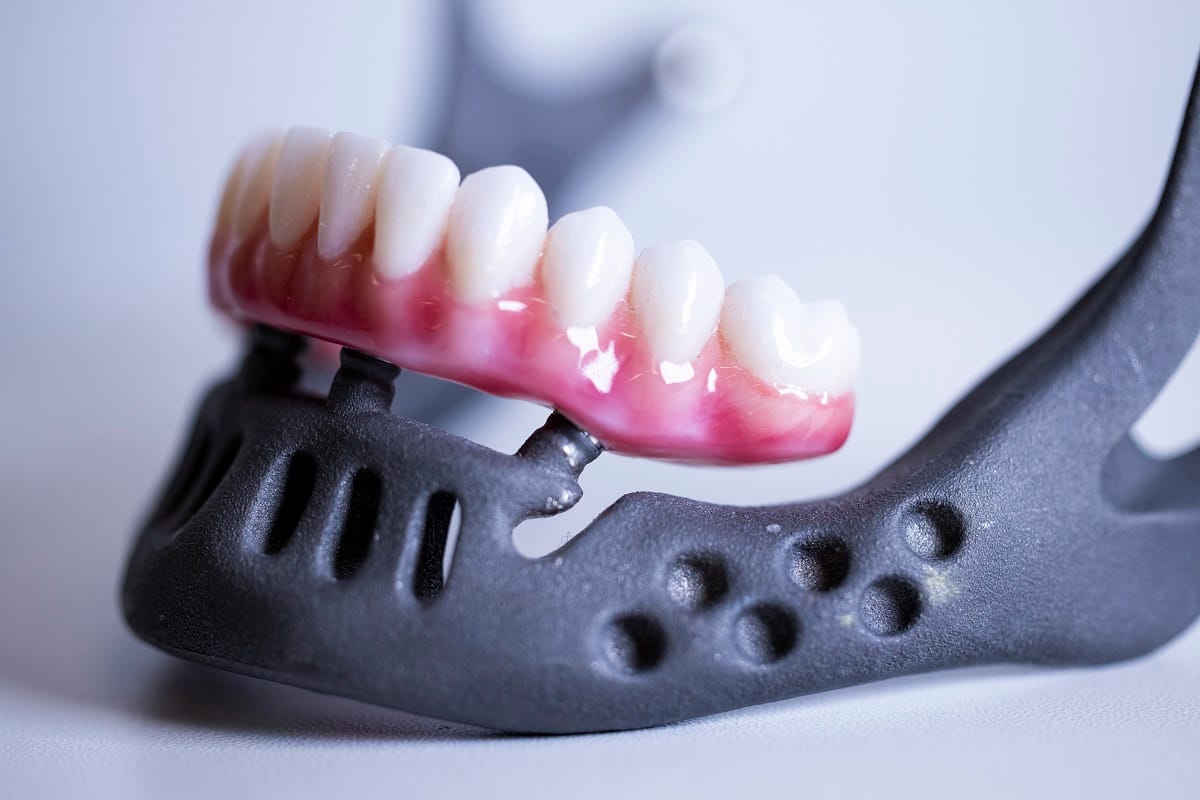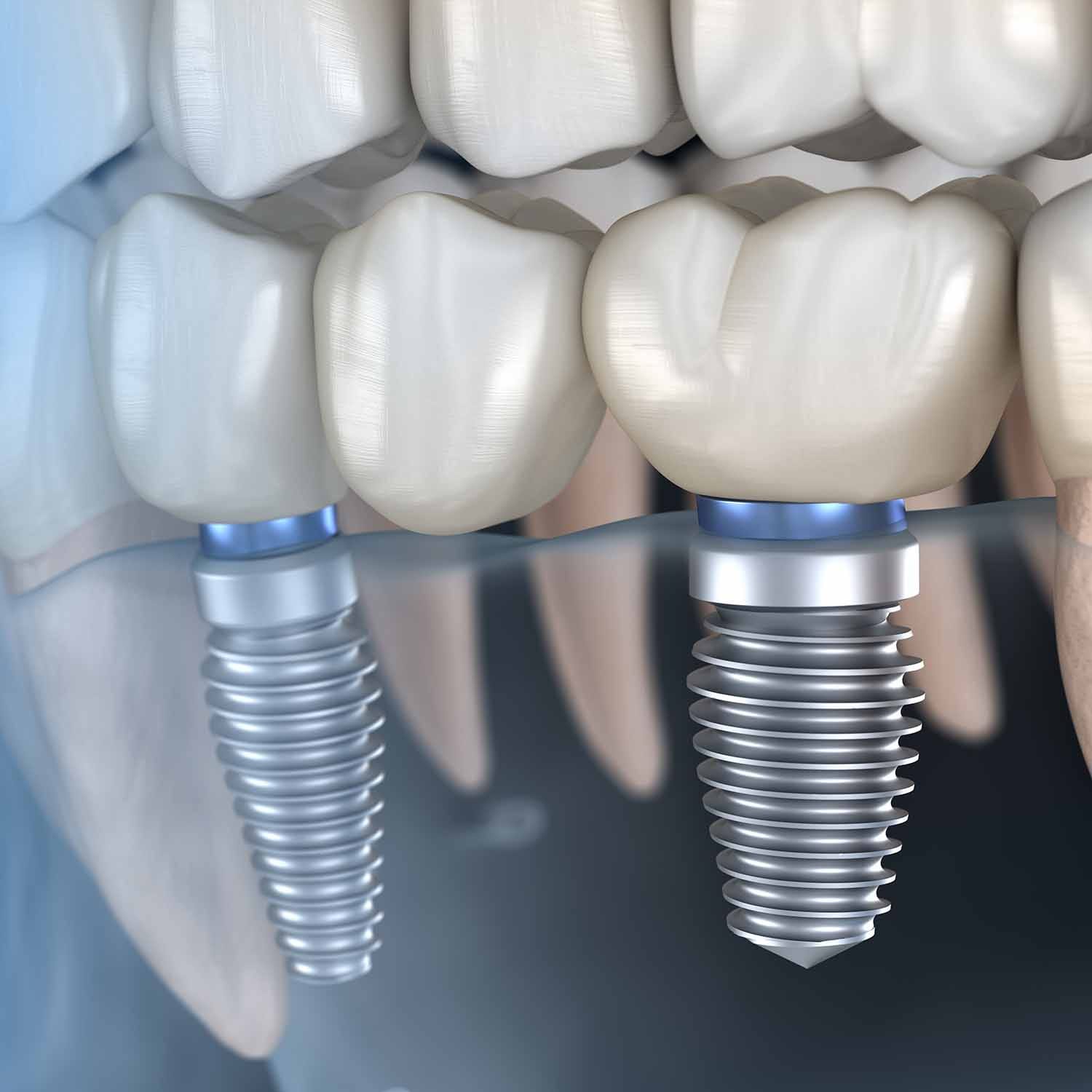In the realm of dentistry, ensuring the highest standards of hygiene and sterilization for dental instruments is paramount. Enter dental ultrasonic cleaners—innovative devices that have revolutionized how dental tools are cleaned and disinfected. This guide will explore the benefits, applications, and best practices associated with these essential tools, empowering dental professionals to enhance their practices and patient care.
How Dental Ultrasonic Cleaners Work
Dental ultrasonic cleaners utilize advanced ultrasonic technology to provide a thorough cleaning experience. Here’s how they work:
- Cavitation Process: These devices generate high-frequency sound waves in a cleaning solution, creating millions of tiny bubbles. When these bubbles implode, they release energy that agitates the liquid, resulting in a powerful scrubbing action.
- Effective Cleaning: This cavitation process effectively removes debris, contaminants, and microorganisms from the surfaces of dental instruments. Unlike traditional manual scrubbing, ultrasonic cleaners can reach intricate areas that are often missed, ensuring a consistent and comprehensive clean.
Benefits of Using Dental Ultrasonic Cleaners
Integrating ultrasonic cleaners into your dental practice offers numerous advantages:
- Improved Oral Hygiene: By thoroughly cleaning instruments and removing plaque and tartar, these devices help prevent the spread of harmful bacteria, promoting better oral health outcomes and reducing cross-contamination risks.
- Protection of Dental Tools: Dental instruments represent a significant investment. Ultrasonic cleaners extend their lifespan by gently removing corrosive substances without abrasive scrubbing methods.
- Enhanced Treatment Efficiency: In busy practices, time is crucial. Ultrasonic cleaners allow for simultaneous cleaning of multiple instruments, reducing turnaround times between patients and increasing overall practice efficiency.
- Effective Cleaning of Dental Appliances: Beyond instruments, ultrasonic cleaners excel at cleaning various dental appliances such as dentures and retainers, ensuring comprehensive hygiene for all patient tools.
Choosing the Right Dental Ultrasonic Cleaner
Selecting the appropriate dental ultrasonic cleaner involves considering several factors:
- Size and Capacity: Assess your daily cleaning needs to choose a model that accommodates your volume of instruments. Larger units may require more cleaning solution and longer cycles.
- Power and Frequency: Higher wattage generally means more powerful cleaning action. Consider the types of instruments you use to select a cleaner with suitable power and frequency settings.
- Additional Features: Look for models with built-in heaters to maintain optimal solution temperatures or digital displays for easy monitoring.
Reputable Brands to Consider
When investing in a dental ultrasonic cleaner, consider trusted brands known for reliability:
- Midmark Soniclean: Renowned for powerful cleaning action and user-friendly design.
- Coltene BioSonic: Offers advanced features like programmable cycles and digital displays.
- L&R Ultrasonics SweepZone: Features sweep technology for uniform cleaning throughout the tank.
Best Practices for Using Dental Ultrasonic Cleaners
To maximize performance and longevity, adhere to these best practices:
- Proper Operation Techniques: Always follow the manufacturer’s instructions regarding filling the tank with cleaning solution, loading instruments correctly, and setting appropriate cleaning times.
- Recommended Cleaning Solutions: Use solutions specifically designed for dental ultrasonic cleaners to ensure safety and effectiveness. Avoid household cleaners that may damage instruments.
- Optimal Cleaning Times and Temperatures: Most instruments can be effectively cleaned in 5–10 minutes at temperatures between 25–40°C. Adjust settings based on specific needs as per manufacturer guidelines.
Maintenance and Care
Regular maintenance is crucial for consistent performance:
- Regular Cleaning and Descaling: Clean the tank regularly with mild detergent to prevent mineral buildup. Descaling may be necessary in hard water areas.
- Troubleshooting Common Issues: If you notice decreased performance or unusual noises, check solution levels, avoid overloading baskets, or consult troubleshooting guides for potential fixes.
Real-World Applications of Dental Ultrasonic Cleaners
Dental ultrasonic cleaners are utilized across various procedures:
- Preventive Care: Essential for routine cleanings and exams.
- Restorative Treatments: Prepares instruments for fillings, crowns, etc.
- Surgical Procedures: Sterilizes surgical tools effectively.
- Orthodontics: Cleans orthodontic appliances thoroughly.
Testimonials from Dental Professionals
Many practitioners have experienced significant benefits from integrating ultrasonic cleaners into their workflows:
- Dr. John Smith from New York City states, “Since incorporating a dental ultrasonic cleaner into our practice, we’ve seen a noticeable improvement in instrument cleanliness.”
- Dr. Sarah Johnson from Chicago notes a 30% reduction in instrument turnover time due to increased efficiency.
These testimonials underscore the transformative impact of ultrasonic cleaners on operational efficiency and patient safety.
Frequently Asked Questions
To address common queries regarding dental ultrasonic cleaners:
- How often should I change the cleaning solution?
- Change it daily or when visibly soiled; follow manufacturer guidelines.
- Can all types of dental instruments be cleaned?
- Most can be cleaned safely; check specific care instructions for delicate tools.
- How long should I run the cleaning cycle?
- Typically 5–15 minutes is sufficient; consult your manual for specifics.
- Is pre-rinsing necessary?
- Not always required but can improve efficiency for heavily soiled items.
- Can ultrasonic cleaners replace manual scrubbing?
- They complement manual processes but may not entirely replace them for stubborn debris.
- What safety precautions should I take?
- Use PPE when handling contaminated items; ensure proper operation per manufacturer guidelines.
- How do I maintain my ultrasonic cleaner?
- Regularly clean the tank and check for wear; follow maintenance schedules provided by the manufacturer.
Conclusion
Dental ultrasonic cleaners have transformed instrument cleaning protocols within dental practices. By offering thoroughness, efficiency, and enhanced patient safety standards, these devices are invaluable assets in modern dentistry. When selecting an ultrasonic cleaner, consider your specific needs carefully—size, features, and brand reliability matter greatly in making an informed choice.
Investing in a high-quality dental ultrasonic cleaner not only enhances operational efficiency but also showcases your commitment to delivering superior patient care in an increasingly competitive landscape. Embrace this innovation today to elevate your practice’s hygiene standards!














